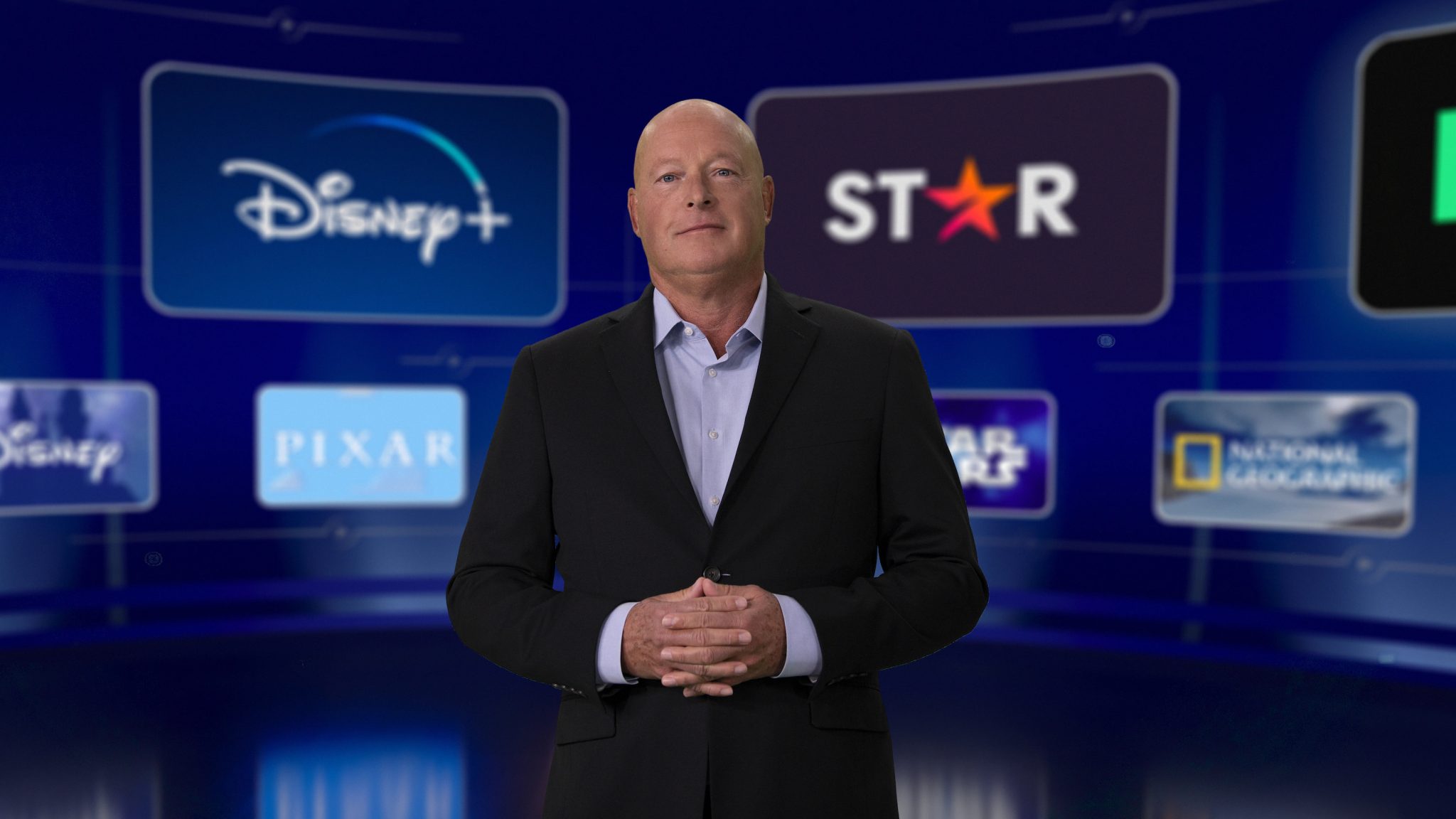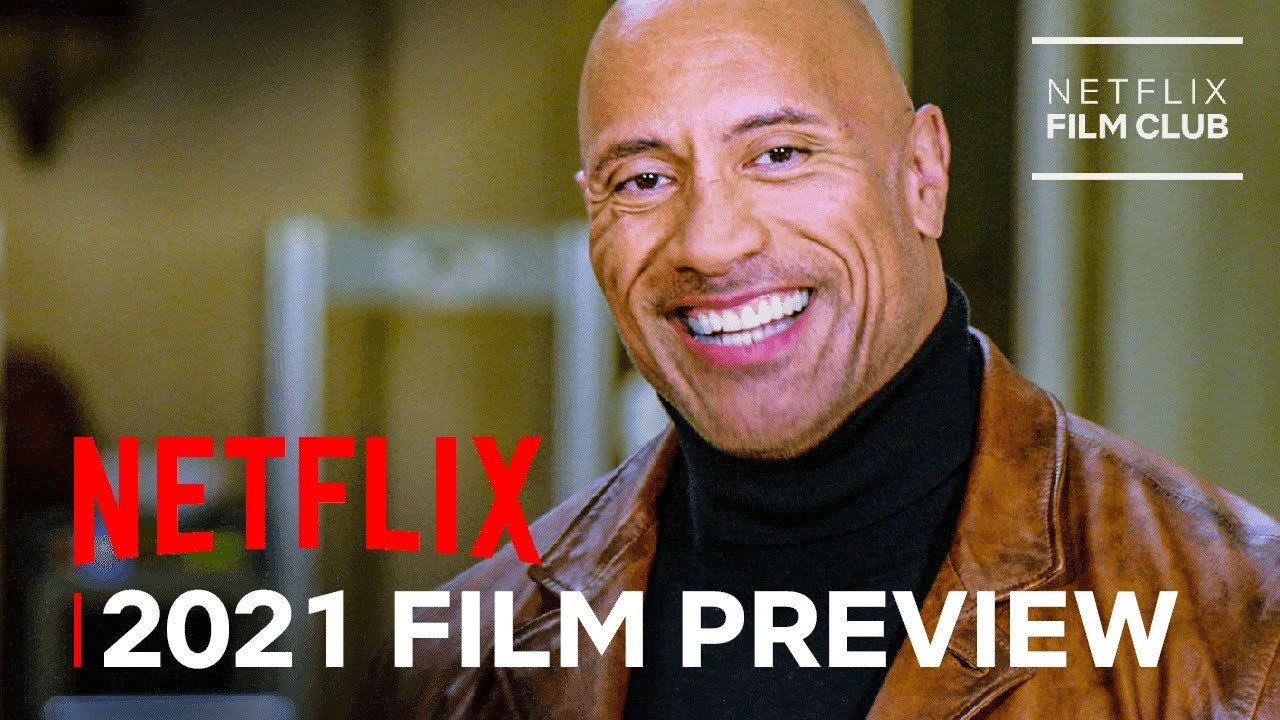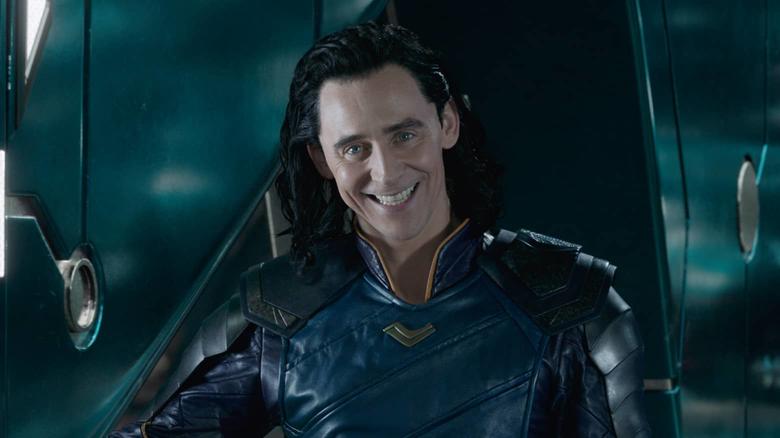
After more than 40 years of operation, DTVE is closing its doors and our website will no longer be updated daily. Thank you for all of your support.
With WandaVision, Disney shows that it has the scale to be the true Netflix competitor

WandaVision
As Disney launches WandaVision – the first Disney+ original from Marvel Studios – the company kicks off a year which should cement it as the de facto streaming rival to Netflix.
At a time when originals are largely considered to be the selling point of streaming services, it is impressive that Disney+ has amassed more than 85 million subscribers since its initial November 2019 launch with, in effect, only one mainstream-appealing series – Star Wars spin-off The Mandalorian.
There have been other originals launched in the year-plus-change since then, such as the return-to-form Muppets Now and the NatGeo historical drama The Right Stuff (not to be mistaken with the now-extinct Channel 5 daytime fodder The Wright Stuff), but none have really been regarded as anything other than sometimes compelling content to bulk out the service for existing users. (Put it this way, as much of a fan I may be, nobody is signing up to Disney+ to watch Magic of Disney’s Animal Kingdom.)
Instead, Disney+’s first year was dominated by the initial hype of The Mandalorian along with the intermittent releases of films originally intended for cinema like Hamilton and Pixar’s Soul and the pull of pop stars Beyoncé and Taylor Swift with their respective album-accompanying releases.
In essence, 2020 was something of a holding pattern for Disney+ in terms of its original content, with the unforeseen Covid-19 pandemic causing a number of delays which are still being felt, and the company focusing on expanding to markets like the UK, India, Latin America and the Caribbean.
2021 however will be an entirely different proposition, and the launch of WandaVision will serve as an unshackling as the service truly reveals its full scale.
IP Slate
From famine to feast, WandaVision triggers a seemingly never-ending slate of original series which already are known about and eagerly anticipated by the nature of being based on the most successful film franchise of all time. These Marvel series, along with a similar number of Star Wars shows, instantly will draw more eyes than the vast majority of content on other streaming services, save for maybe the upper echelons of Netflix shows like Stranger Things – and even that has a limited shelf life as its critical response wanes.
To put it into perspective, when WandaVision wraps up its first season of nine episodes, Disney will drop The Falcon and the Winter Soldier – arguably the most mainstream-appealing of the Marvel shows – in March. That in turn will be followed up by the return of fan favourite Tom Hiddlestone to the franchise in May’s Loki, with the remainder of the year carried through by animated series What If…, Hawkeye and Ms. Marvel. And capping off the year will be The Book of Boba Fett, teased in the epilogue of The Mandalorian’s second season.
Also peppered throughout the year will be dozens of other releases including the animated feature Raya And The Last Dragon (which is following Mulan’s controversial, if successful, Premier Access release strategy).
This unrelenting strategy is said to be coming at a production budget of US$9 billion by 2024.
Star War
This is without even mentioning what will be an additional weapon in Disney+’s international arsenal: Star.
 Being added to the streamer in exchange for a price increase from €6.99 to €8.99 per month is a new adult-oriented hub which will lean on the content picked up in the US$71 billion Fox acquisition.
Being added to the streamer in exchange for a price increase from €6.99 to €8.99 per month is a new adult-oriented hub which will lean on the content picked up in the US$71 billion Fox acquisition.
The addition of cult favourites like Lost and The X-Files, mainstream hits such as How I Met Your Mother and Family Guy, and critically acclaimed shows and movies including Atlanta should serve to silence the critics who have previously argued that the service was just for kids.
This Star hub, which will sit alongside Disney, Pixar, Star Wars, Marvel and National Geographic at the top of the service, will massively expand Disney+’s library and scope, and provide the closest thing we have to a serious Netflix competitor in terms of scale and mainstream appeal.
The other side
This is not to say that Netflix is resting on its laurels and is satisfied with maintaining its 195 million global subscribers.
Figures this week from Ampere revealed that the company has overtaken German broadcaster ARD to become the second-largest TV group in Europe in terms of revenue, and the company has committed to enhancing this position by outspending the competition. The streamer spent US$1 billion on UK content alone in 2020, and this is a figure that is sure to go up as productions resume following the pandemic.
 But more than just producing content to be released in the future, Netflix this week put out a star-studded video trailing its 2021 slate of movies, with more than 70 originals to be released this year and the promise of at least one new film per week. The reveal was described by The Guardian as ‘escalating the streaming war’ and it is hard to disagree.
But more than just producing content to be released in the future, Netflix this week put out a star-studded video trailing its 2021 slate of movies, with more than 70 originals to be released this year and the promise of at least one new film per week. The reveal was described by The Guardian as ‘escalating the streaming war’ and it is hard to disagree.
While other services like Amazon will continue to push highly-polished originals and HBO Max will attempt to justify its top-tier price tag with its 2021 streaming and cinema release strategy, it is clear that in terms of producing big-budget original content for the small-screen there are only two major forces out to dominate the industry.
Despite their increasing price tags (Netflix also will up its monthly cost from next month), both services are incredible value for the amount of premium content they offer, particularly when compared to many pay TV operators. It is highly likely that many users will subscribe to both Disney+ and Netflix, but the perception of SVOD users subscribing to ‘Netflix, plus one or two others,’ may be challenged in the coming months and years – but not without a fight from the folks in Los Gatos.



